Name Neville Heath Other names The Lady Killer | Victims 2 Date apprehended 1946 Span of killings 1946–1946 | |
 | ||
Country England, United Kingdom Died October 16, 1946, Barnsbury, London, United Kingdom | ||
Criminal penalty Capital punishment | ||
Crimes and criminals episode 09 neville heath
Neville George Clevely Heath (6 June 1917 – 16 October 1946) was an English murderer who was responsible for the deaths of two young women. He was executed in London in October 1946.
Contents
- Crimes and criminals episode 09 neville heath
- Early life
- Murders
- Margery Gardner
- Doreen Marshall
- Trial and execution
- References
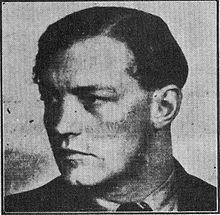
Early life
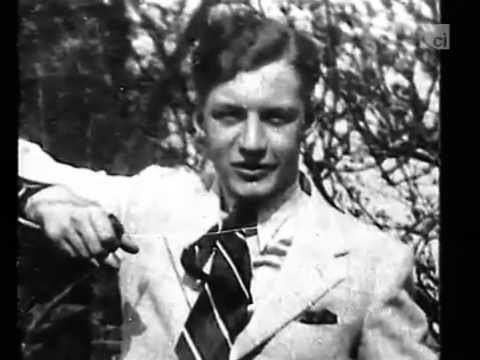
Heath was born in Ilford in Essex, England. Although he came from a lower middle class background, his father, who was a barber, made considerable financial sacrifices so that he could attend a grammar school, Rutlish School, at Merton Park, southwest London.
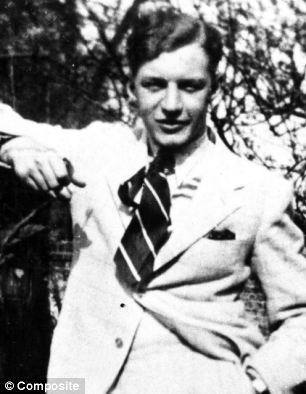
He joined the Royal Air Force in 1937, but was dismissed for going absent without leave. He was caught obtaining credit by fraud, and six months later was sent to a borstal for housebreaking and forgery. He used a number of aliases, including Lord Dudley and Lieutenant-Colonel Armstrong.

At the beginning of the Second World War, Heath joined the Royal Army Service Corps and was posted to the Middle East. He lasted less than a year. He was shipped home, but on his way he escaped the guard and headed for Johannesburg where he joined the South African Air Force, eventually rising to the rank of Captain. He married, and the couple had a son, but at the end of the war his wife divorced him on grounds of desertion. He was also court martialled, for wearing medals to which he was not entitled. He returned to Britain in 1946.

In the summer of 1946, Heath dated the South African actress Moira Lister, between his two murders. The Scottish actress Molly Weir also said Heath had tried to chat her up at Bobby's Department Store in Bournemouth in July 1946.
Murders
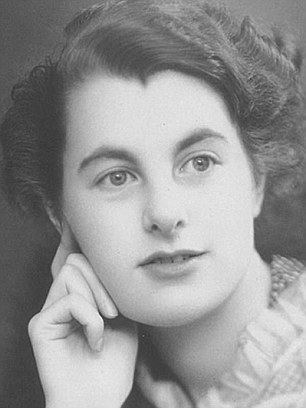
On Sunday 16 June 1946, Heath took a room at the Pembridge Court Hotel in Notting Hill Gate. He used his real name, but added the title Lieutenant-Colonel. He was with a woman, Yvonne Symonds, who he said was his wife; in fact they had only just met. Heath had promised to marry her, so she spent the night with him and returned to her home the next day.
Margery Gardner
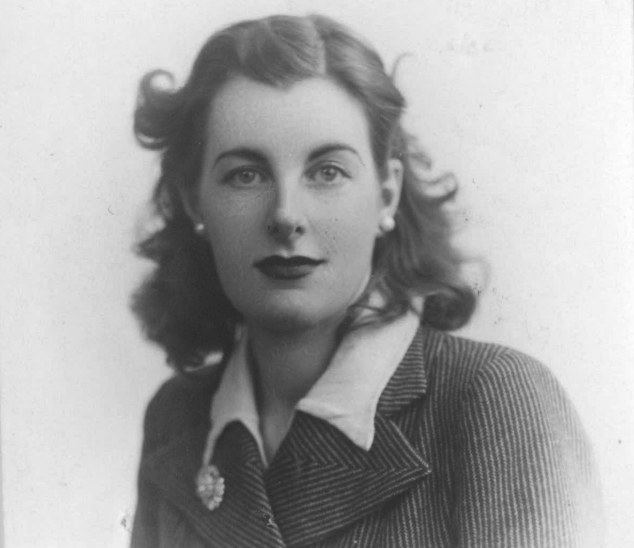
The following Thursday, Heath spent the evening with Margery Gardner. She was 32 years old, a trained artist and occasional film extra. Separated from her alcoholic husband, she had a young daughter but was living alone in Earl's Court, London. Heath and Margery had been dancing together at the Panama Club in Kensington. The following day the assistant manager entered Heath's room as the chambermaid had been unable to gain entry. Margery Gardner’s body was found naked on the bed but covered to the neck with sheets, her ankles bound and marks to show that her wrists had been too but the restraints had been removed. There were 17 lash marks on her body, her nipples had been savagely bitten, and an instrument had been inserted into her vagina.
The whip that had inflicted the slash marks on her body was nowhere to be seen. These marks showed the distinctive diamond pattern of a woven leather riding crop. Forensic pathologist Keith Simpson told the police, "Find that whip and you’ve found your man." Professor Simpson estimated Gardner's time of Death as between midnight and the early hours of the morning. The police learned that Heath and Gardner had arrived at the hotel around midnight, and that nothing had been heard until a door slammed at 1:30am. The cause of death was suffocation, but only after the other injuries had been inflicted.
Doreen Marshall
Heath headed to Worthing to see Yvonne, the girl he had proposed to, and spent a few days with her. Her parents were impressed with the supposed Lieutenant-Colonel, but he left when his name appeared in the newspapers in relation to Gardner's murder. He then went to Bournemouth and took a room at the Tollard Royal Hotel, under the alias "Group Captain Rupert Brook," an alias inspired by the war poet Rupert Brooke, who had been a frequent visitor to Bournemouth at the start of the century. A few days after beginning his stay at the hotel, he met Doreen Margaret Marshall, who was staying at the Norfolk Hotel.
Doreen Margaret Marshall was born in Brentford in 1924, to company director Charles Marshall, and his wife Grace Merritt.
Marshall had served in the WRNS during the war, having been discharged on 27 June 1946. Suffering from a bout of influenza and measles, she took a holiday in Bournemouth to convalesce. During the war, Bournemouth had become a garrison town, with most of the hotels taken over as billets for troops; one hotel, the Norfolk, on Richmond Hill near the town centre, stayed open to civilian guests, and this is where Marshall stayed.
Only five minutes from her hotel was the seafront, where 100-foot sandy cliffs framed the beach, and were held back by a low sea wall with a promenade. Whilst walking along the prom on Wednesday, 3 July, Marshall encountered Neville Heath who was, at first sight, handsome and well-spoken. Heath again introduced himself as "Group Captain Rupert Brook."
She accepted Heath’s invitation to take afternoon tea at his hotel at the top of the cliffs, the Tollard Royal. She spent the afternoon with him and, feeling lonely in Bournemouth, she accepted his further invitation to dine with him that evening. After dinner, Heath took Marshall to the hotel lounge to listen to dance music on the wireless. By now, Marshall was clearly uncomfortable with Heath, and asked another guest to call a taxi for her, claiming she was tired. Heath cancelled the taxi and offered to walk her home. On leaving the hotel, Heath told the porter that he would be half an hour. Marshall corrected him: "He will only be a quarter of an hour." This was the last time she was seen alive.
Marshall's disappearance was reported to the police by the manager of the Norfolk Hotel on Friday, 5 July, who also contacted the manager of the Tollard Royal, as this is where he knew she had dined on the night she disappeared. The manager of the Tollard Royal advised Heath to contact the police in case he had any information which might help them. On Saturday, 6 July, Heath duly telephoned Detective Constable Suter at Bournemouth Police Station and said he might be able to help. He went to the police station and from a photograph of Doreen Marshall identified her as the girl he had been with, but said he had left her in the gardens in central Bournemouth.
That day, her father and sister, Charles Marshall and Joan Cruickshanks, had travelled down to Bournemouth very concerned about Doreen. When they arrived at Bournemouth Police Station, by chance they met Heath under his assumed name, who was introduced to the Marshalls by Suter. He joked to them about his similarity to the wanted poster of the murderer Neville Heath. Suter felt sure that "Brook" was the man wanted by Scotland Yard, and asked, "Isn't your name Heath?" Heath denied it and said he wanted to return to the hotel for his coat. The police fetched it for him and searched it. They found a railway cloakroom ticket, which led them to a suitcase containing a riding whip with a diamond pattern weave. Heath was questioned again, and he admitted his real identity. The next day he was transferred to London where he was charged with the murder of Margery Gardner.
Despite the efforts of the Bournemouth Police, Marshall's whereabouts remained a mystery until Sunday, 7 July, when waitress Kathleen Evans, out walking her dog, noticed a swarm of flies by a rhododendron thicket in Branksome Dene Chine. Further investigation revealed Marshall's body, badly mutilated, with the clothing removed. Wounds found on her hands suggested she had grasped defensively at a knife. She had received blows to her head, her wrists and ankles had been tied, one nipple had been bitten off and her throat had been slashed. As with Margery Gardner, an instrument, possibly a branch, had been inserted into her vagina. She also had a large gash that ran from the inside of her thigh up to her mutilated breast.
Although Heath was charged with Doreen’s murder, his subsequent trial and execution related only to his earlier murder of Margery Gardner. Doreen's body was returned to her parents and buried in Pinner Cemetery.
Trial and execution
The trial of Neville Heath for the murder of Margery Gardner began on 24 September 1946. Heath originally told his counsel, J. D. Casswell KC, to plead guilty, but when Casswell questioned this, he said, "All right, put me down as not guilty, old boy". Casswell chose not to call him to give evidence, and relied on the defence of insanity, calling Dr William Henry de Bargue Hubert, an experienced criminal psychiatrist, to testify as an expert witness. Dr Hubert testified that Heath knew what he was doing but not that it was wrong, but the prosecution easily destroyed Hubert's argument: unknown to Casswell, Hubert was a drug addict and was under the influence of morphine as he testified in the witness box.
Two prison doctors testified that although Heath was a psychopath and a sexual sadist, he was not insane. Heath was found guilty and sentenced to death by hanging. He was executed by Albert Pierrepoint on Wednesday, 16 October 1946 at Pentonville Prison. A few minutes prior to his execution, as was the custom, Heath was offered a glass of whisky by the governor. A playboy to the last, Heath replied, "While you're about it, sir, you might make that a double".
In a final letter written to his parents prior to his execution, Heath informed his parents: "My only regret at leaving the world, is that I have been damned unworthy of you both."
In February 1946, a few months before the murders, a woman, Pauline Brees, was found naked and tied up in a hotel bedroom in the Strand Palace Hotel, London. Heath stood over the woman, ready to thrash her. She had alerted the staff of the hotel by screaming. She refused to press charges to avoid any publicity. When Margery Gardner's body was found in June, Gardner was mistakenly identified by the staff at the Strand Palace as having been involved in this incident in February.
This error was reported in the press at the time, suggesting that Margery Gardner had gone to the Pembridge Court Hotel fully aware of Heath's sexual tastes and that she, therefore, must have had some sort of masochistic tendency. Despite the assumptions of many studies of the case to date there is little evidence for this. Sean O'Connor suggests that Heath barely knew Margery Gardner and that they had never spent the night together before the night he killed her.
